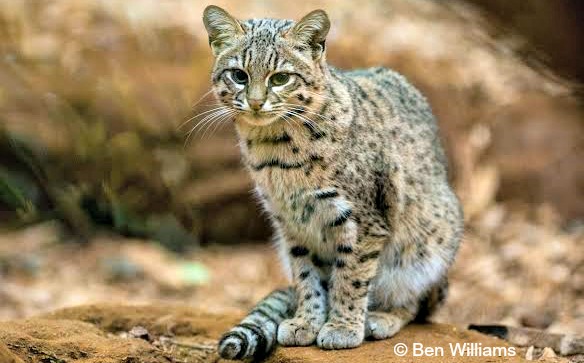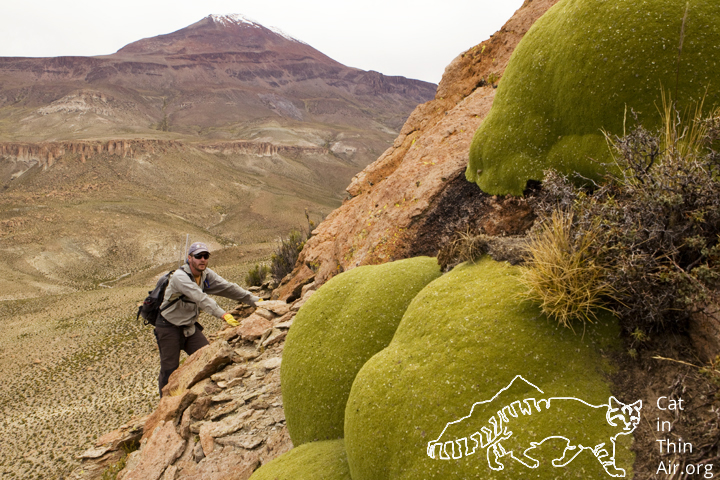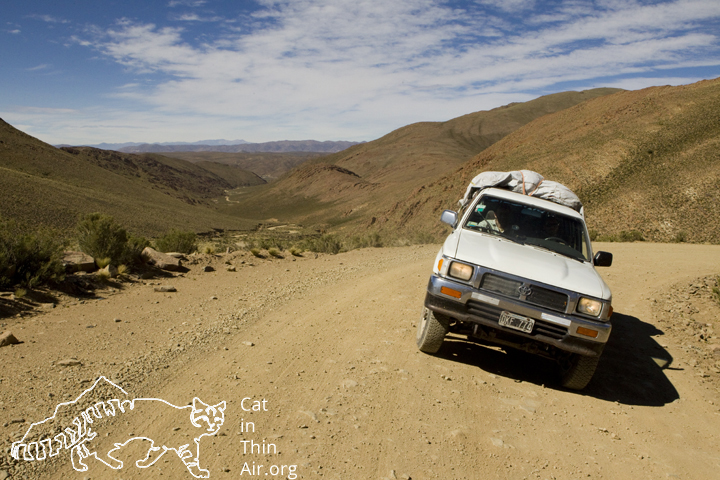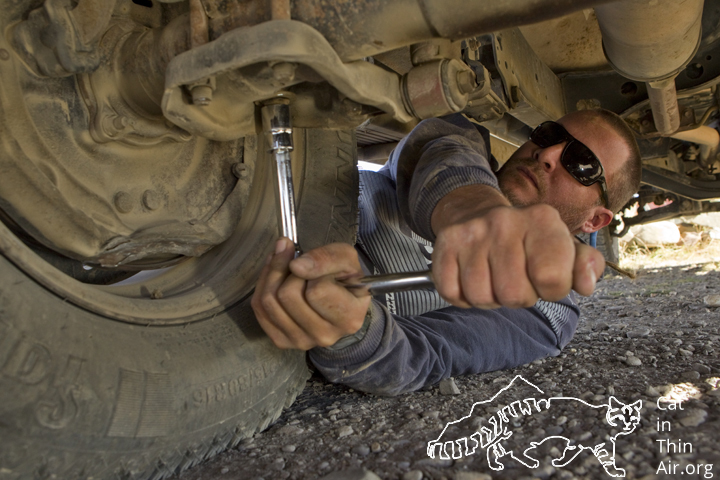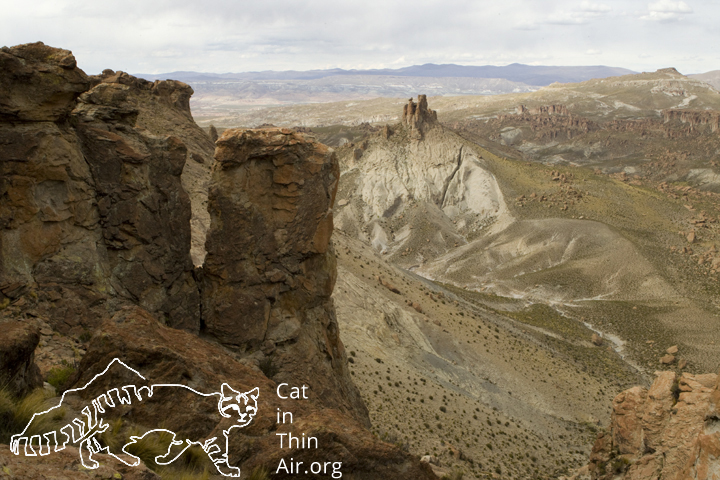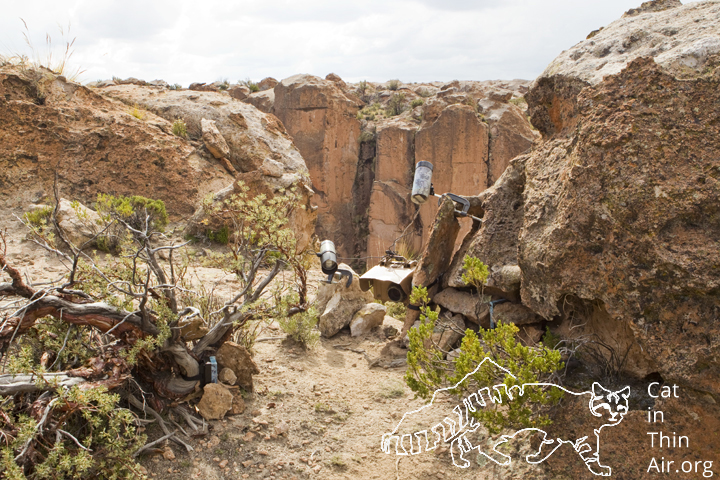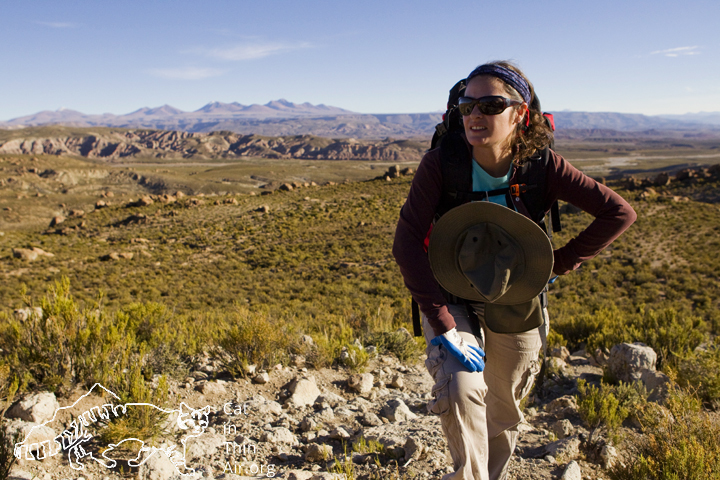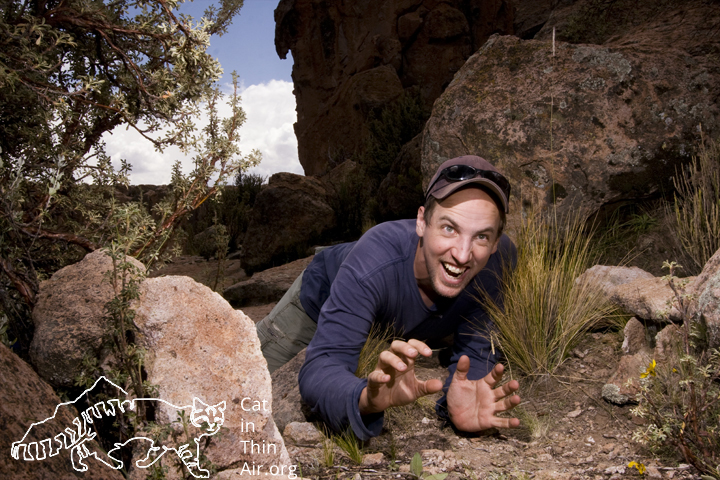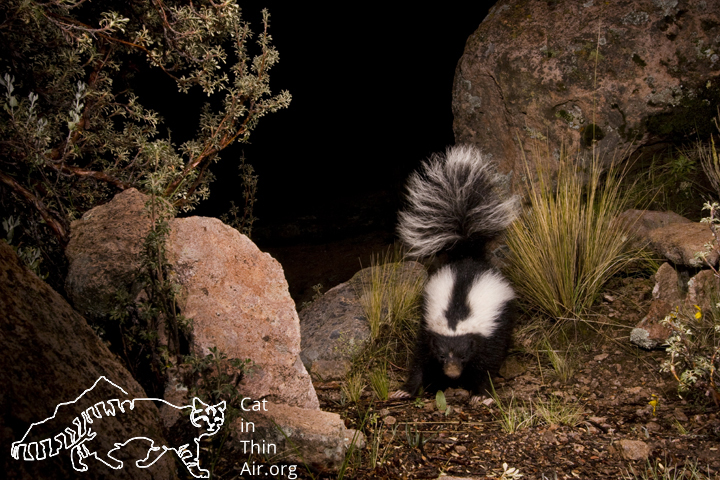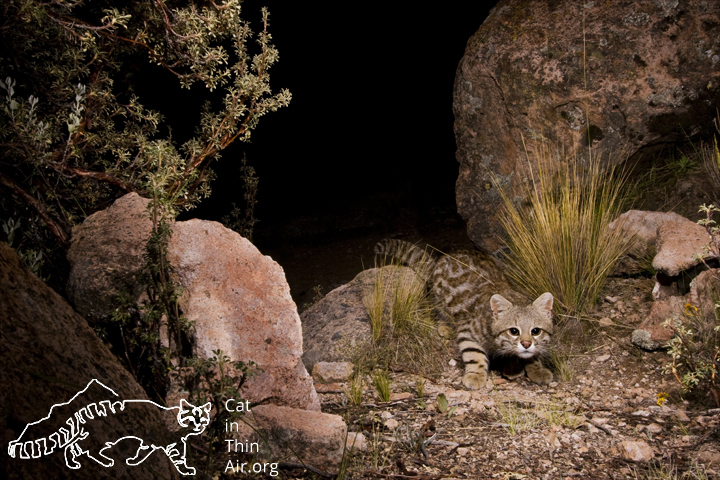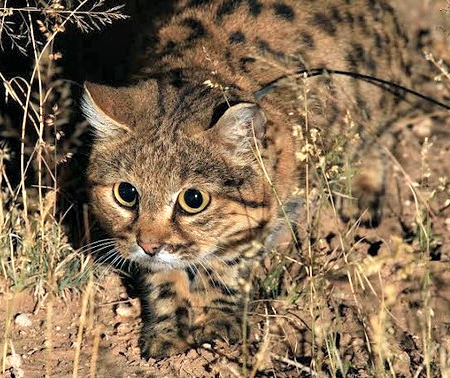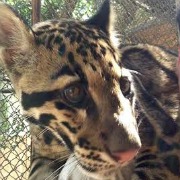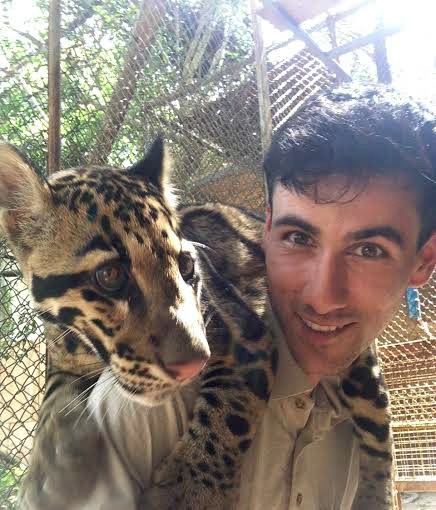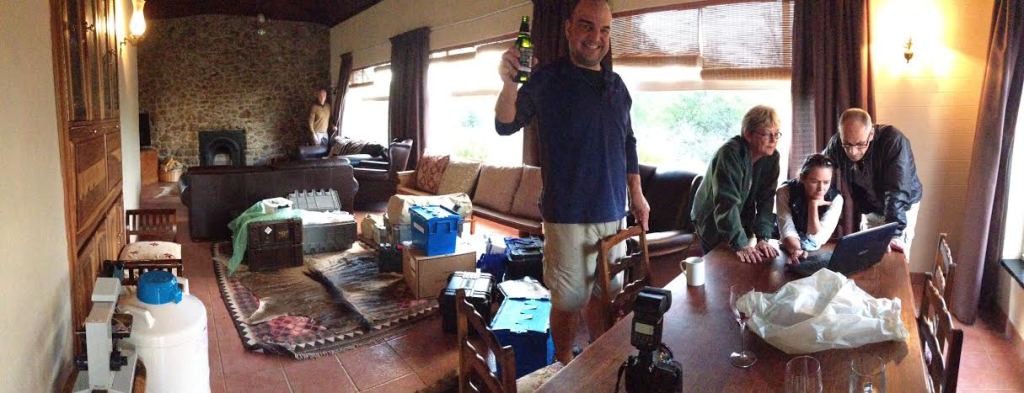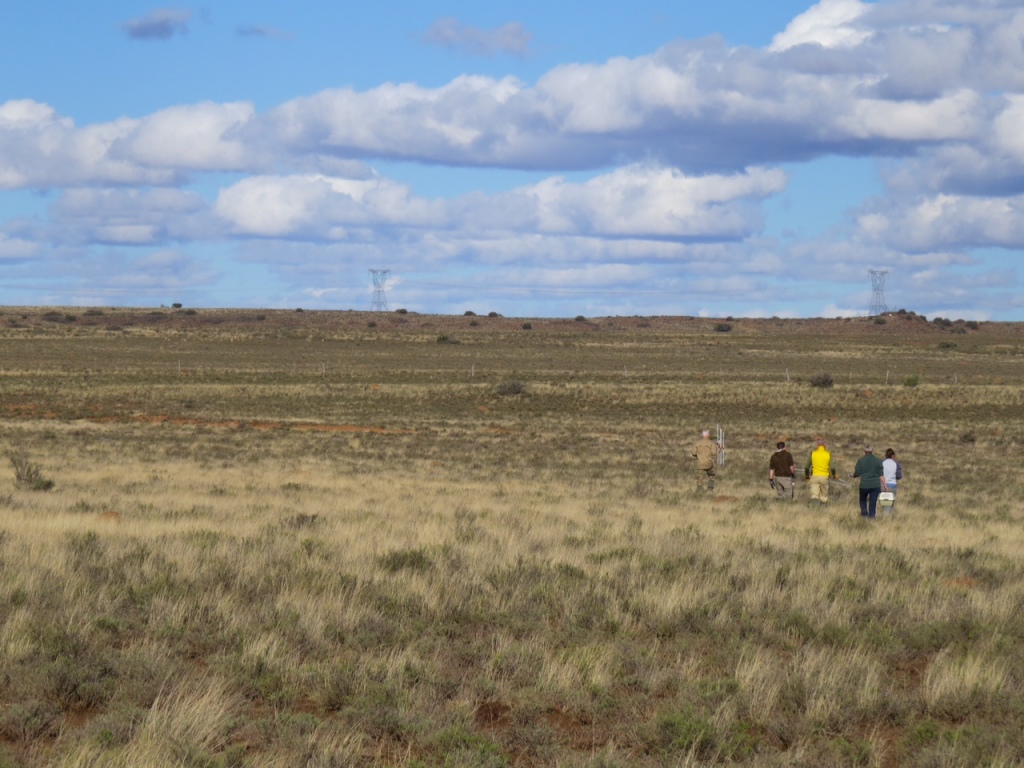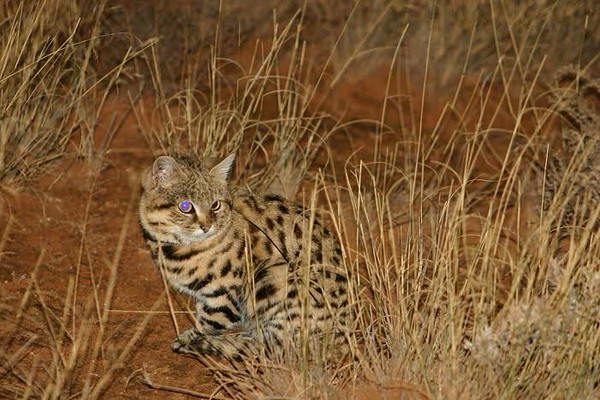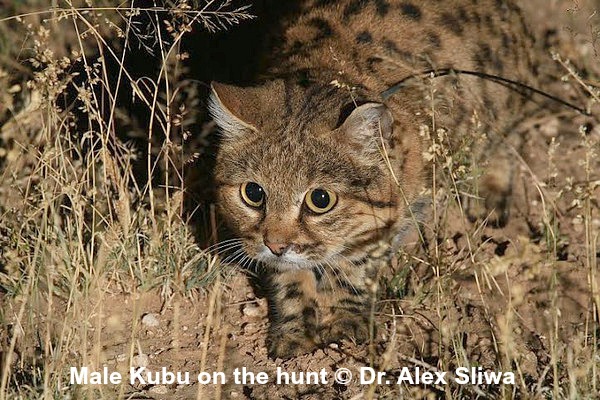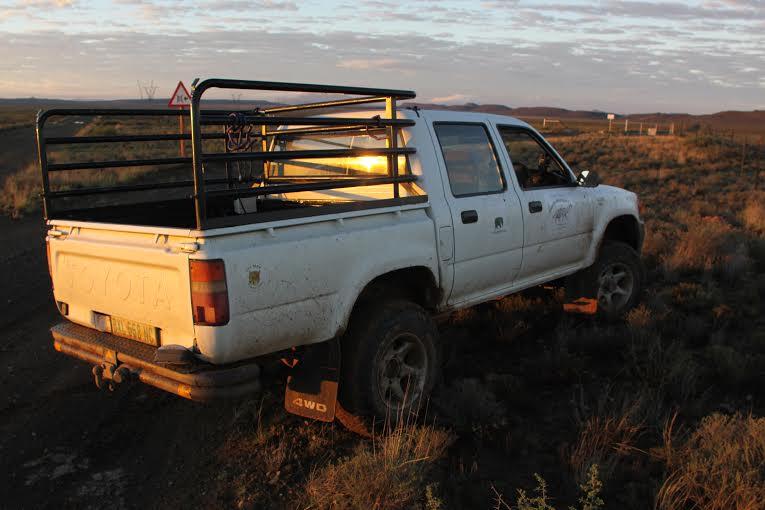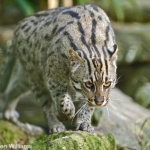 Pictures of the Endangered fishing cat – the first in Cambodia for more than a decade – provide welcome evidence that these elusive felines still survive in some parts of the country.
Pictures of the Endangered fishing cat – the first in Cambodia for more than a decade – provide welcome evidence that these elusive felines still survive in some parts of the country.
Cambodia’s Centre for Biodiversity Conservation (CBC) continues to make history with a camera trap survey revealing that the Endangered fishing cat (Prionailurus viverrinus) can still be found in some parts of the country.
The camera traps have provided the first official records for the species since 2003, capturing images and footage of three individuals at two different coastal sites.
Researchers from the CBC, a partnership between Fauna & Flora International (FFI) and the Royal University of Phnom Penh, were thrilled by the findings which have allayed grave fears about the status of these animals in Cambodia.
FFI project leader, Ms Ret Thaung said that the fishing cat’s preference for wetland habitat had led to severe population declines throughout much of its Asian range. “Asian wetland habitats are rapidly disappearing or being modified by human activity, so fishing cat numbers have declined dramatically over the last decade and the remaining population is thought to be small,” she said.
“Fishing cats are believed to be extinct in Vietnam, no confirmed records in Lao PDR, and with scarce information about the species in Thailand and Cambodia.
“It is clear that urgent steps are needed to protect these cats from snaring and trapping and to conserve their wetland habitats – but to do this effectively we needed to get a better idea of where they live.” “
Overwhelming discovery
The CBC’s camera trap survey was designed to address some of these knowledge gaps . Following leads gathered during interviews with local villagers, the experts set up 32 cameras at five locations and left them to record what passed by .
Sifting through the images, the team was delighted to discover fishing cats at two sites in southwest Cambodia: Peam Krosaop Wildlife Sanctuary (Koh Kong Province) and Ream National Park (Sihanoukville Province).
“This is a remarkable discovery as fishing cats are very vulnerable to human persecution,” Ms Thaung said. “We are especially pleased to see both a male and female cat from Peam Krosaop Wildlife Sanctuary. When working with Endangered species, every animal is important and the excitement of such a discovery is overwhelming.”
As both of these sites are protected areas, the resident fishing cats should be afforded some protection.
Conservation challenges ahead
According to Ms Thaung, the CBC and its partners now aim to develop a fishing cat conservation action plan focused on the two sites where the cats were recorded.
“This will primarily involve community education and measures to reduce threats,” she said. “We also plan to continue our research and improve the ability of local rangers to correctly identify fishing cats and help with research and conservation for the species.”
The main challenge at these two sites will be managing conflicts with people, who have been known to kill fishing cats for their meat or in retaliation for damaging fishers’ nets.
An important facet of any conservation work will therefore be to raise awareness about the species and boost local support for its conservation – particularly in light of recent interviews with villagers living near the two sites, which revealed that local people do not see these animals as important.
Sadly, protected area status alone cannot not guarantee the future of a site or its wildlife, as Ms Thaung explains: “Unfortunately, no cats were found in the freshwater wetlands at the Botum Sakor National Park.”
“We are particularly concerned about this, as this area is being devastated by forest clearance and land degradation.”
Above all, the discovery of fishing cats in two new areas (coupled with their notable absence from a place one might reasonably expect to find them) reveals how much we still have to learn about these animals, and how urgent is the need to protect them.
Fauna & Flora International (FFI) protects threatened species and ecosystems worldwide, choosing solutions that are sustainable, based on sound science and take account of human needs. Operating in more than 40 countries worldwide – mainly in the developing world – FFI saves species from extinction and habitats from destruction, while improving the livelihoods of local people. Founded in 1903, FFI is the world’s longest established international conservation body and a registered charity.
